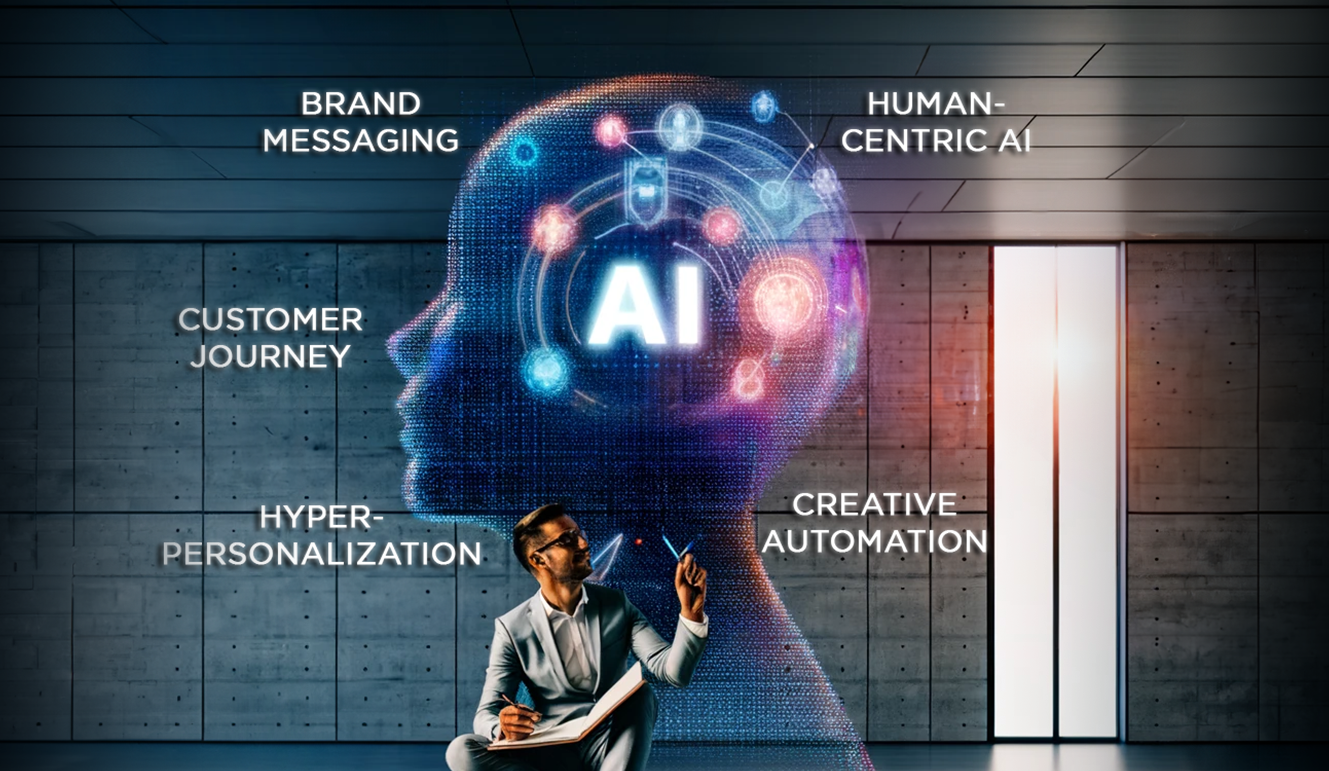Imagine a world without technology. No, actually scratch that, imagine a world without work—all processes and professions are automated, and you have Star Trek-like robot ‘droids’ performing all these tasks for you. Don’t deny it; we have all had such Utopian visions at least once in our lives, mostly with a ‘free’ undertone wherein flawless robots have taken charge of everything as we sit back and enjoy. Sounds amazing, doesn’t it?
‘The end of work’ is, in fact, a futuristic concept that most modern economies are working towards. And naturally, for an economy built on automation, the future is going to be automated too. However, is it going to be as liberating and cool as we expect it to be? Is this going to be a life-long soiree of luxury and absolute freedom or a world where humans are surrounded by technology and yet are detached and isolated? Breathe, and take a step back. Where does the problem lie, then? In a bid to automate our lives, we are straying farther from being ‘human’. Automation boasts about minimising human intervention to bring efficiency, convenience, lower costs, consistent performance, multi-lingual capabilities, enhanced customer interactions etc. and indeed, it all sounds really sweet! However, in this modern-day world of oft-isolated and fickle-minded customers, the priority should be experience and not just technology. And this is where ‘humanistic automation’ comes into play.
What is ‘humanistic automation’ in marketing? Think about that one neighbourhood shop owner who knew you by your name and would always strike a conversation with your mother about your family, relatives, routine life etc. Remember how your family would stay loyal to that shop even when other similar shops came up in the neighbourhood? That is because each interaction with that shop owner would be unique, intimate, and meaningful in some way. Replicating such a personalised equation with customers in this digital age is what the phenomenon of ‘marketing automation’ basically means.
Yes, personalisation is the key, but how do we actualise it? How can a humanistic approach be brought about by automation? Conversational AI or ‘chatbots’ will help, and are already helping, get all of this and perhaps even more. Even though they have not taken the marketing world by storm yet, bots are sure to bring that certain humanisation for an enhanced end-customer experience. People have no time, and constant ‘spamming’ of oft-irrelevant content like heaps of emails, 1000-word blogs etc can only irk them further. A personalised one-on-one conversation, on the other hand, will not.
When it comes to personalisation and customer engagement, the argument here is not humans vs. bots, but badly made bots vs. the good ones. Bots can be simple and complicated at the same time. For instance, if you want to know whether your train tickets have been confirmed, what would you prefer? A long wait-time and oft-crashing web page refreshing the conversation each time and thus making you re-enter the PNR four times in a row, or a simple chat on WhatsApp updating you with the status? We are all humans, and it is an inherent trait to follow the path of least resistance, and good bots can definitely help with that. Further, as a marketer, one should know where their audience is and find them there. Customers are already available and active on most of the social media apps (WhatsApp, Messenger etc.), and they do not need yet another app to drain their smartphone’s performance further while providing little value to them. Whereas, deploying bots on these messaging platforms can initiate conversations to provide what’s needed, thus ensuring seamless solutions in real-time.
At the same time, bots should not be there just to provide the solutions needed, but to also bring that natural flow that keeps a conversation going. Harnessing the right automation tools will facilitate a deeper insight into the target audience, which you can put to use to develop bots for a meaningful relationship with them. By personalising consumer journeys in a value-added manner for them to derive satisfaction, bots can help build credibility for the brand as well. Marketing is an intensely competitive domain, and automated yet personalised interactions by way of bots will help brands create unique experiences for every consumer, giving them a clear edge over their competitors.
Get in touch with us to know how bots can assist your business.
It is no news that marketing, and branding go hand-in-hand, and all marketers know the worth of good-old ‘word-of-mouth’ mode. The magic here lies in the conversational flow and having an automated setup that feels ‘off’ might render your marketing strategies and content ineffective. Customers build a brand as a real person in their head and expect human-like interactions thus. Amidst such a scenario, inconsequential answers, incomplete information, or confusing flow can take a toll on any customer’s patience and maybe even sanity! And the last thing you’d want is to have your brand sued because of a flawed understanding of NLP and consequently bad bot deployment.
Moreover, with millennials and GenZ constantly evolving the market whilst together forming the biggest consumer group in history, there is whole new emphasis on being authentic and #relatable. This consumer group has either had a first-hand account of this digital journey or have been born and brought up in it. So, they have the knack to mostly figure out when the content is ‘robotic’ and when it is authentic. And the last experience that they seek is talking to what may seem like an idiotic robot. Bots are here to make internet human, and not to take it farther away from that element. The problem here is grave—the prevention, not so much.
Deploying a good bot is the shared responsibility of a bunch of professionals—marketer, development partner, and a communication agency that has prior experience in training bots. Bots should not be a hurried launch to remain relevant in this digital world, but a carefully implemented strategy with deep emphasis on language flow and communication followed by extensive experience-testing. Bad bots are already prevalent and are a major turn-off for customers, and we need to come up with good bots to bring them back in the equation in an intimate, meaningful, and ‘humanly’ manner.
Given the pace at which technology is advancing, it is becoming harder to establish, let alone maintain, a human touch. So, ‘humanistic automation’ is bound to shape the future of marketing, and bots are the most viable solution at present. Bots are an effective tool for helping achieve marketing goals while simultaneously enabling 24x7 support, reduced costs, standardisation, generation of insights, enhanced customer engagement and experience, and so much more. Therefore, brands which exercise their automation capabilities and marketing expertise to weave that human element in their strategies and operations will certainly see success while delivering value and building meaningful customer relationships along the way!
The article was originally published in Afaqs on February 26, 2020.
Contact us to know more.





